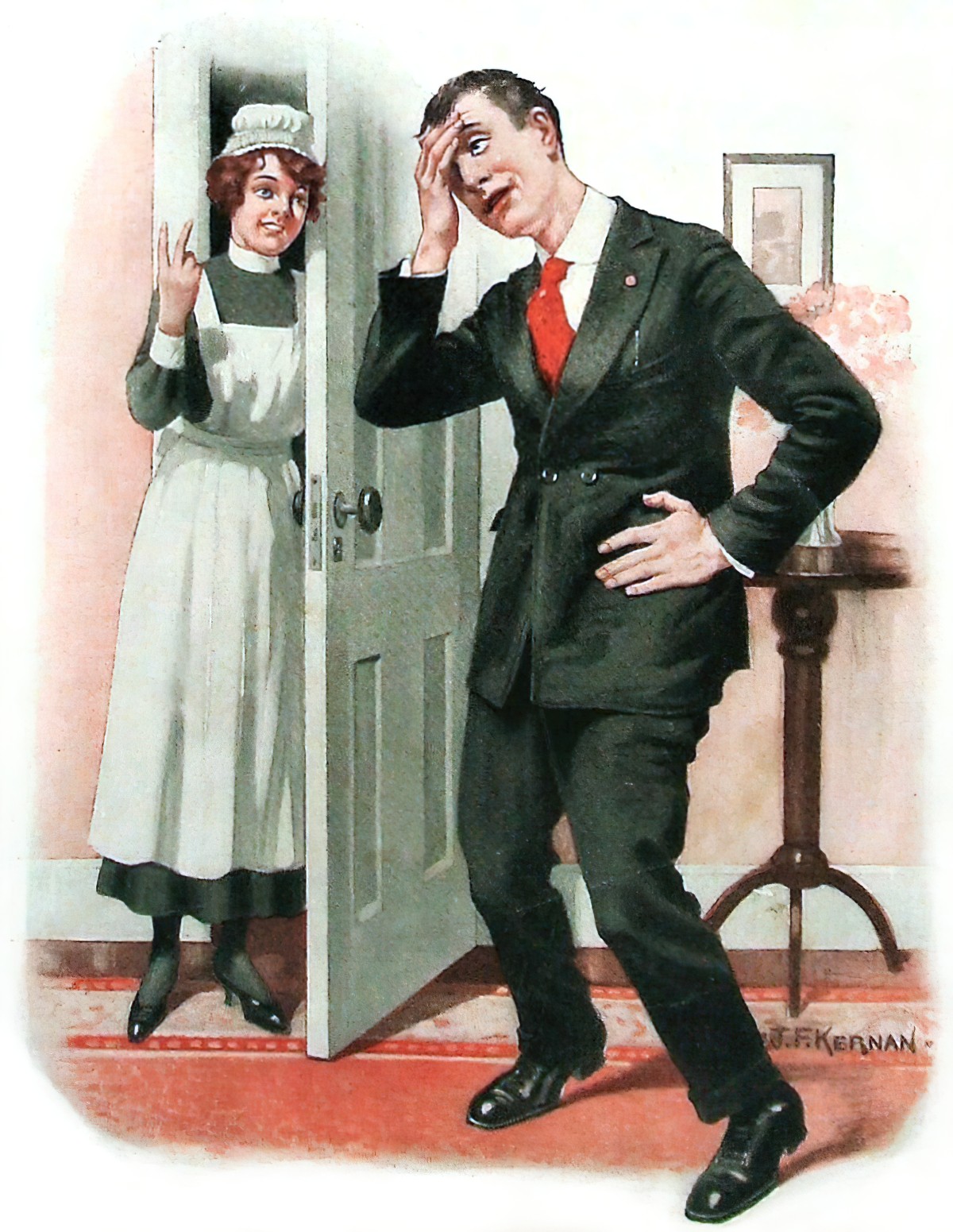Twins fascinate us. In stories, they may exist for this reason alone, but there are other reasons why twins feature prominently in stories, especially in stories for children.
1. VILLAINOUS TWINS
A New Zealand young adult novel from 1992 may be a rather obscure example, but Underrunners by Margaret Mahy includes a scene with twins Guy and Brian Morley, who seem twice as dangerous and mean to our hero precisely because there are two of them.
In his book for adults, Atonement (2001), Ian McEwan includes among his cast of characters some nine-year-old twins who are not villainous, but at times perceived to be so by their elder sister Lola. “Everyone thinks they’re little angels just because they look alike,” Lola says after her brothers have given her scratches and Chinese burns, “but they’re little brutes.” When Jackson and Pierrot run off into the night, this changes the course of the plot. Lola’s dialogue highlights something about fictional twins, though: The disconnect that can happen with duality. Since the twins look alike, they have had a certain cuteness bestowed upon them. When it turns out they’re not cute at all, the fact that there are two of them make the shock at learning so double.
2. THE FASCINATION FACTOR
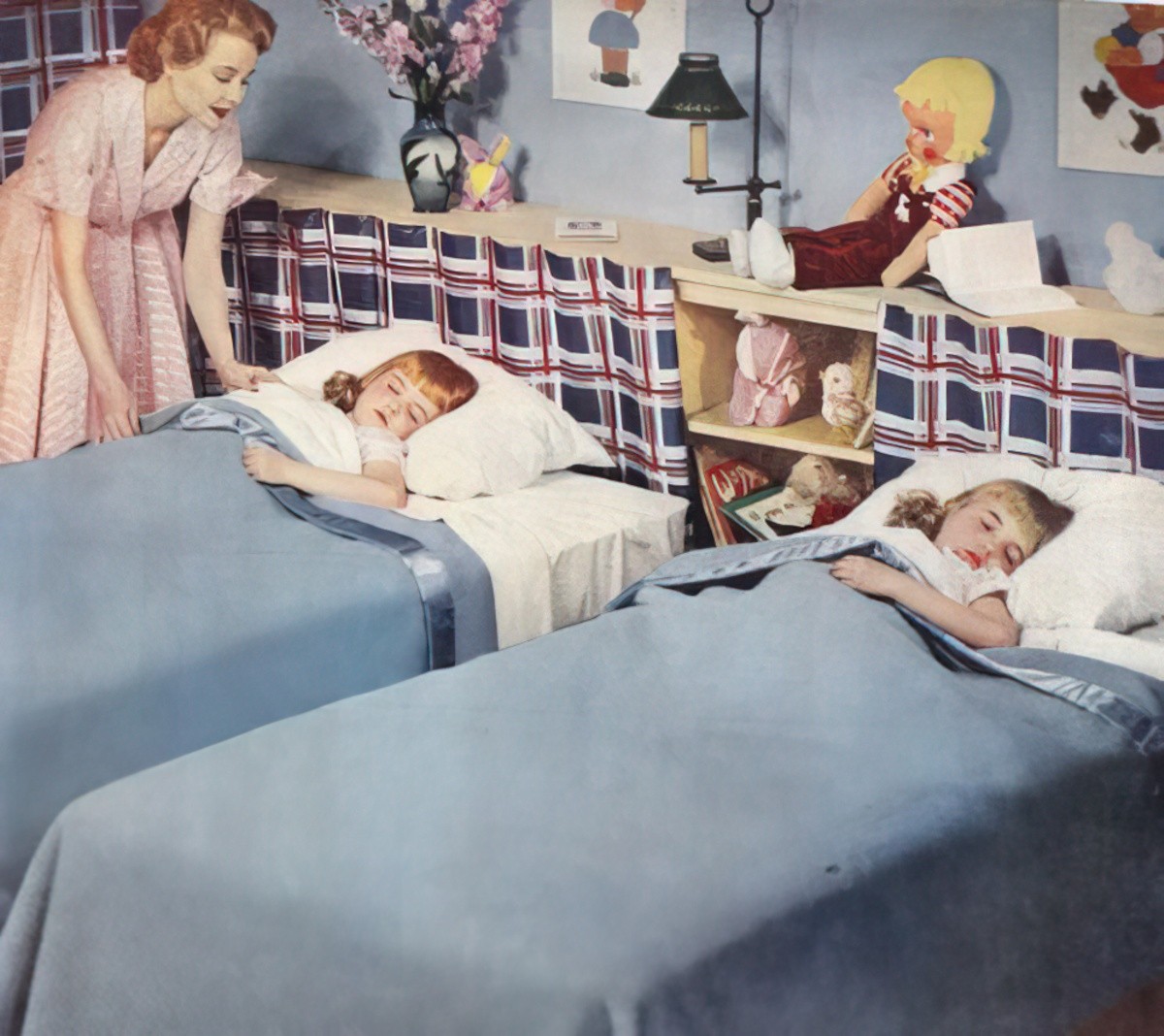
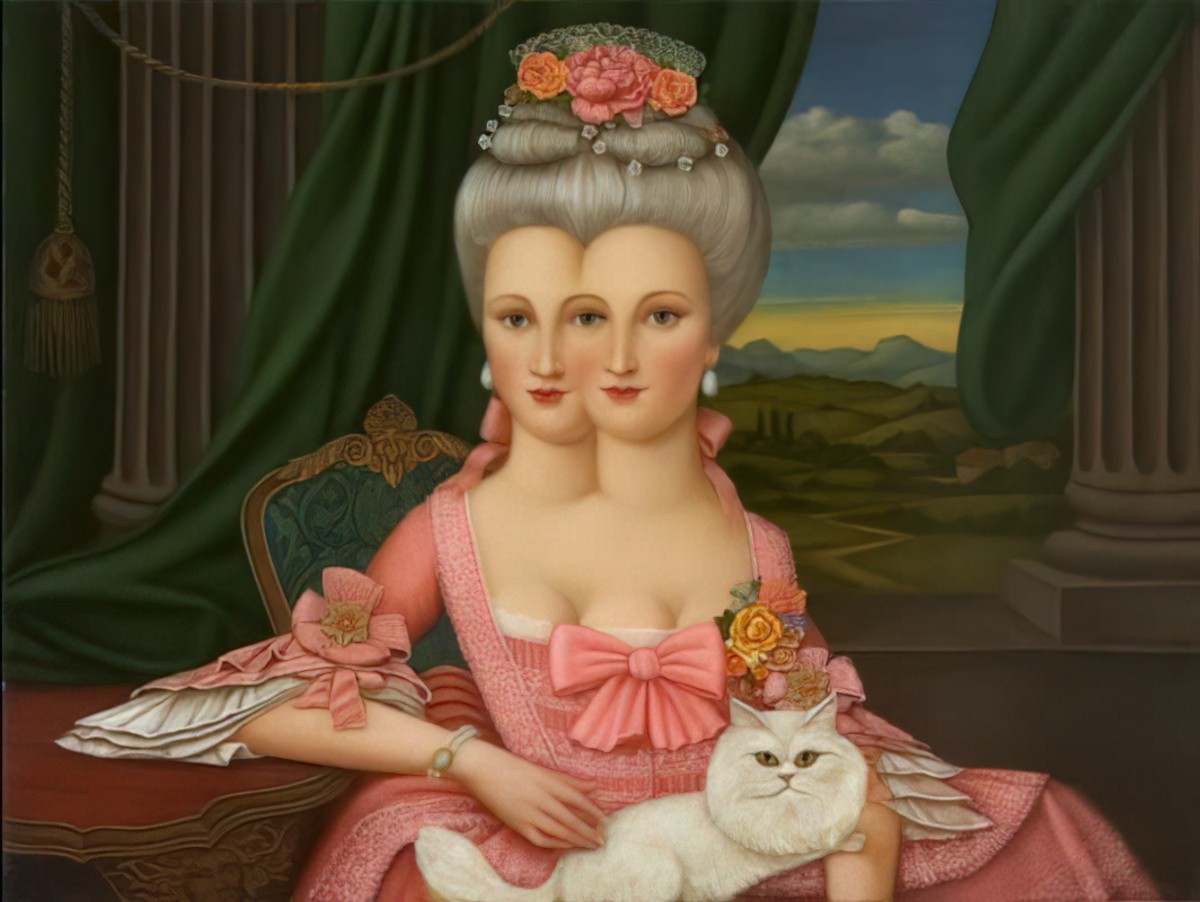
Enid Blyton make use of twins for no obvious reason other that she found them fascinating, and expected the reader to get equal pleasure out of her using them as a gimmick. Take The Famous Five novel, Five On Finniston Farm (published 1960), in which the part about the twins is summarised by a user of EnidBlyton.net:
I’m sooooo bored with twins by now, especially as they’re named “the Harries”—the boy is named Henry which “naturally” became Harry (I never understood that logic), and the girl is named Harriet, which “naturally” became Harry too. And because Henry “can’t grow his hair like a girl,” it’s down to Harriet to crop hers so that the two look like peas in a pod. Except for a scar on Henry’s hand, apparently the only way to tell them apart. They have a dog called Snippet, a small black poodle. The twins are characterized as quiet and sullen, perhaps resentful at first, because they see visitors to the farm as more work for their poor hard-working mother, Mrs. Philpot. And while the twins are in this stand-offish mode, they speak in unison. Literally every piece of dialogue is spoken by “the twins,” no matter how much is said.
Keith Robinson
Some characters in children’s literature really don’t need to be twins. So what’s the point? Well, a twin does allow a conversational partner. Dialogue is easier to write, and also easier to read for young readers, at least compared to internal thoughts, or an omniscient narrator who may or may not be reliable. Blyton’s Harry Twins are an extreme example of this, but other authors of the time would use characters interchangeably, with no discernible difference between them. Take P.L. Travers’ Mary Poppins as an example. The eldest boy and girl might as well be the same person. Two genders exist presumably to appeal to the widest possible audience.
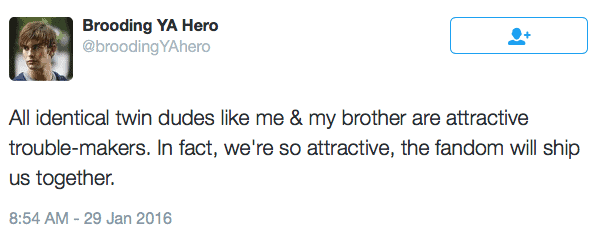
3. THE SHADOW AND THE HERO
This is the biblical Cain and Abel story. One twin is evil, the other good.
4. THE IMAGINARY OTHER SELF
She left the cafe, and as she walked along the Common she felt the distance widen between her and another self, no less eral, who was walking back towards the hospital. Perhaps the Briony who was walking in the direction of Belham was the imagined or ghostly persona. This unreal feeling was heightened when, after half an hour, she reached another High Street, more or less the same as the one she had left behind.
Atonement by Ian McEwan
In this case the main character wonders what her life might be like if only a few, though significant, things had been different. An imaginary other self is a way of exploring possibilities.
Like most excessively beautiful persons, [Moody] had studied his own reflection minutely and, in some way, knew himself from the outside best; he was always in some chamber of his mind perceiving himself from the exterior. He had passed a great many hours in the alcove of his private dressing room, where the mirror tripled his image into profile, half-profile, and square: Van Dyck’s Charles, though a good deal more striking. It was a private practice, and one he would likely have denied—for how roundly self-examination is condemned, by the moral prophets of our age! As if the self had no relation to the self, and one only looked in mirrors to have one’s arrogance confirmed; as if the act of self-regarding was not as subtle, fraught and ever-changing as any bond between twin souls.
The Luminaries by Eleanor Catton
The sentence which follows soon after: ‘He could see his own self now, poised in the doorway of the smoking room’ shows that this mirror-self is a form of narcissism, but also of self-consciousness: ‘He was near trembling with fatigue; he was carrying a leaden weight of terror in his gut; he felt shadowed, even dogged; he was filled with dread.’ The very clever thing about this character and his twin of a reflection which dogs him is that the room he is about to enter houses ‘studded couches’ which ‘gleamed with a fatness that reflected the girth of the gentlemen upon them.’ In this way, the man is of his environment.
5. TWO HALF PEOPLE; ONE COMPLETE PERSON
Berner and Dell Parsons are the twins of Richard Ford’s 2012 novel Canada. Told from Dell Parson’s first-person point of view, this is the story of a bank robbery, committed by the twins’ parents. After the parents are taken away by the police, Berner runs away and Dell is taken to Canada by a motherly friend where he becomes something of a hunting guide.
At first glance, the fraternal twins of this story have a bond which is not particularly stronger than any sibling bond, and it is mentioned time and again how much smarter and older-seeming Berner is than Dell. Yet as the story progresses it becomes apparent that the twins don’t really consider themselves as separate beings, which makes their separation even more significant.
I’d begun to believe it would be nice to be around girls. Berner, of course, was a girl. But most of our lives we had treated each other as being the same thing because we were twins. That same thing was neither male nor female, but something in between that included us both.
To reinforce the idea that Dell and Berner are two halves rather than one whole, Berner is left-handed while (it is assumed) Dell is right.
As Dell continues to tell the story of his family, his twinness becomes increasingly significant, because his relationship with his sister reflects the relationship he has with his twin sister:
Nothing that had happened had been in any way normal. Whatever changes had occurred in them and to them defied any idea I had of familiar. They looked like two people I knew, who I was again seeing across a distance, some unspannable divide, much greater than the border that separated us by then. I could say that their intimate familiarity as my parents, and their ordinary, generalised humanness had become joined, and one quality had neutralised the other and rendered the two of them neither completely familiar nor completely haphazard and indifferent to me.
Overall, with the twins’ fortunes significantly different, the fact of them being twins shows how trauma during youth can pan out in vastly different ways.
Twins Used To Illustrate The Moral Dilemma
Jon Klassen’s We Found A Hat features identical tortoises. This is played for gags. One tortoise briefly goes rogue, clearly showing a moral dilemma. Each tortoise represents two options.
6. ANTHROPOMORPHISED TWINNESS
‘Are you a wizard too?’
‘Yes,’ said Marco. ‘But I was never a very good one. I don’t have the twin signs.’
…Then his father had taken him by the shoulders and looked deep into his eyes. ‘My magic is weak,’ he said, ‘it’s untutored and without power—I have never saved anyone. But you, Leo, you will be different. You have the two signs of wizardry, my boy—silver hair and golden eyes. You have the sun and moon within you.’
– from The Witch In The Lake by Anne Fienberg
This from TV Tropes, although twins as metaphor is not limited to the sun and moon, but can be applied to a great number of opposites:
The sun and moon have also been personified by having both of them be a specific sex. For example, the pairing could be a masculine and harsh sun paired with a feminine and soft moon. In historical religions, the sexes associated with the sun and moon vary greatly, and in some cases both a male and female deity may be ascribed to a single celestial body. According to The Other Wiki, it is somewhat more common to view the sun as male and the moon as female due to the prevalence of that portrayal in Greek and Roman religion.
7. TWINS AS PART OF THE STORY AND THEME
I feel this is one of the best uses of twins in fiction. In The Giver by Lois Lowry, twins are used to explain the plot and setting:
“I want to get to sleep tonight,” Father said, “Tomorrow’s a busy day for me. The twins are being born tomorrow, and the test results show that they’re identical.”
“One for here, one for Elsewhere,” Lily chanted. “One for here, one for Else—”
When the twins are born, one is taken away and euthanised. The reader by now should be getting the idea that Jonas lives in a dystopian world, not a utopian one. Identical twins are not allowed to exist because it would be confusing to try and tell them apart. Human life is not valued. Nine-year-old Lily wonders what if we’re all twins, and what if our twins live in an alternative universe, leading different lives. This should encourage the reader to identify with characters who are living in a different but nonetheless recognisable world of fiction. The final sentence of the book ‘But perhaps it was only an echo’ underscores the importance of the duality theme.
8. TWIN TRICKSTERS
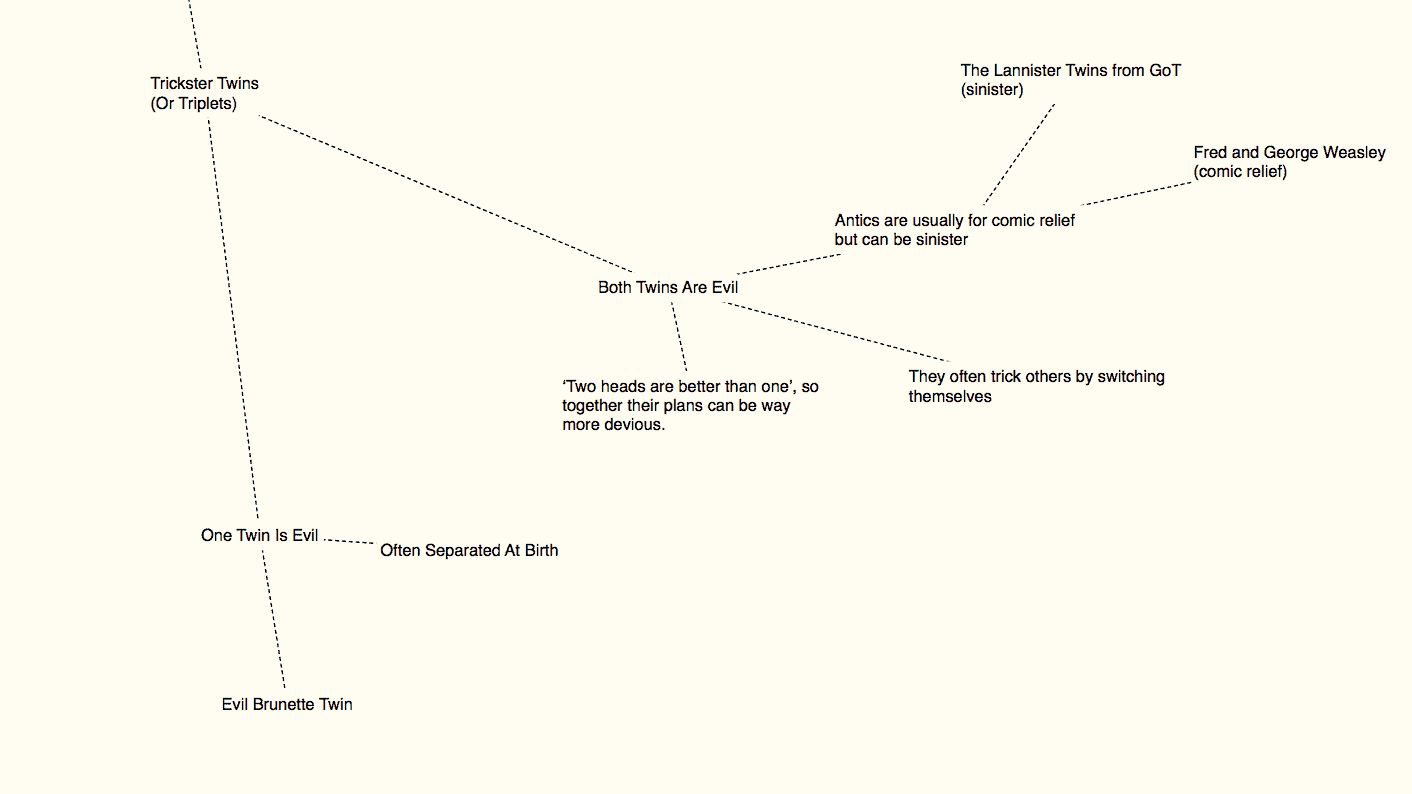
9. TWINS TO EXIST AS A MALE-FEMALE INDISTINCT CHARACTER
In order to appeal to both boys and girls, sometimes it seems a writer/illustrator has created twins simply because they couldn’t decide whether the hero should be a boy or a girl. Perhaps they don’t want the nuisance of sibling rivalry in the story. That’s not to say that sibling rivalry can’t happen when the siblings are twins; however, in Bush Picnic, the children enjoy a great day out together and may as well be different sides of the very same kid.
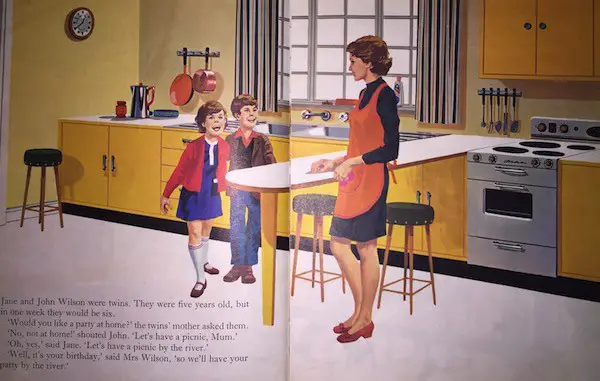
FURTHER READING
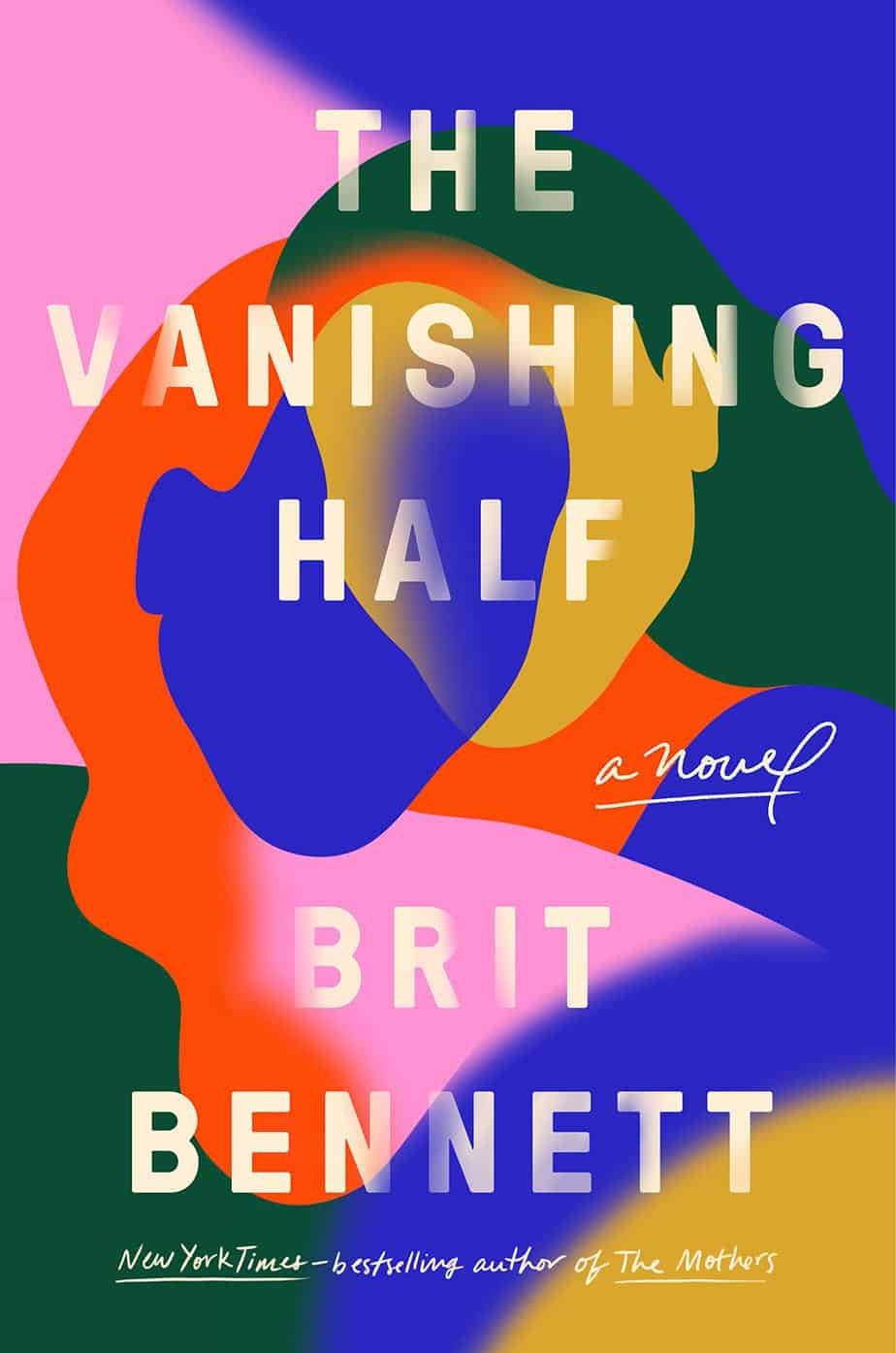
The Vignes twin sisters will always be identical. But after growing up together in a small, southern black community and running away at age sixteen, it’s not just the shape of their daily lives that is different as adults, it’s everything: their families, their communities, their racial identities. Many years later, one sister lives with her black daughter in the same southern town she once tried to escape. The other passes for white, and her white husband knows nothing of her past. Still, even separated by so many miles and just as many lies, the fates of the twins remain intertwined. What will happen to the next generation, when their own daughters’ storylines intersect?
Weaving together multiple strands and generations of this family, from the Deep South to California, from the 1950s to the 1990s, Brit Bennett produces a story that is at once a riveting, emotional family story and a brilliant exploration of the American history of passing. Looking well beyond issues of race, The Vanishing Half considers the lasting influence of the past as it shapes a person’s decisions, desires, and expectations, and explores some of the multiple reasons and realms in which people sometimes feel pulled to live as something other than their origins.
See also: Twins In Literature from The Guardian
There seems to be a sub-category of Time Travelling Twins.
Cryptophasia is what you call a special language developed in early childhood between twins as they tend to communicate only with each other. This is interesting because humans in general have the ability to create language from nothing, or from very little. Look at how creole languages come up — children learning pidgin but incomplete languages from the adults in their lives, then fleshing it out until it becomes as nuanced as any existing full language.
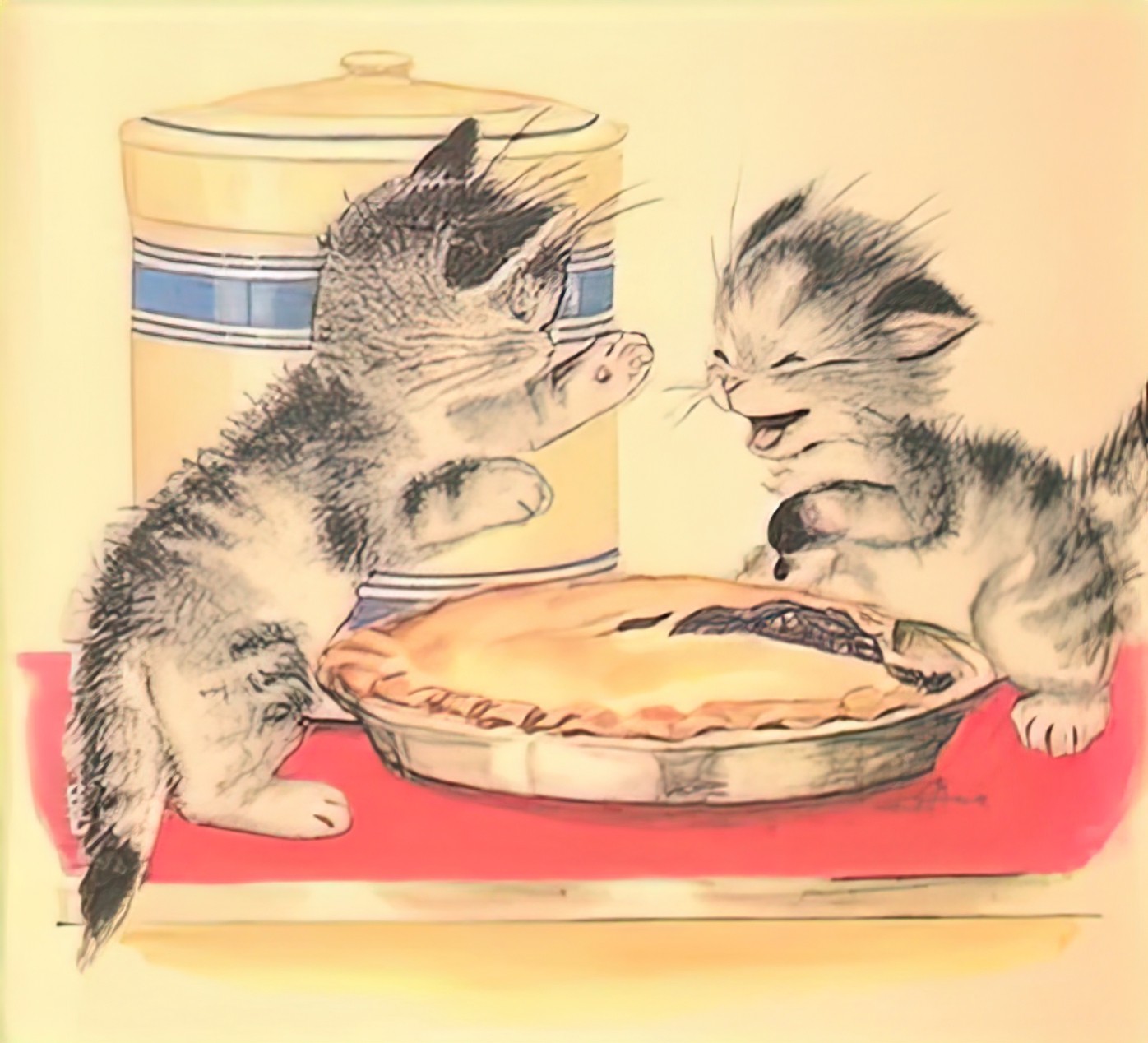
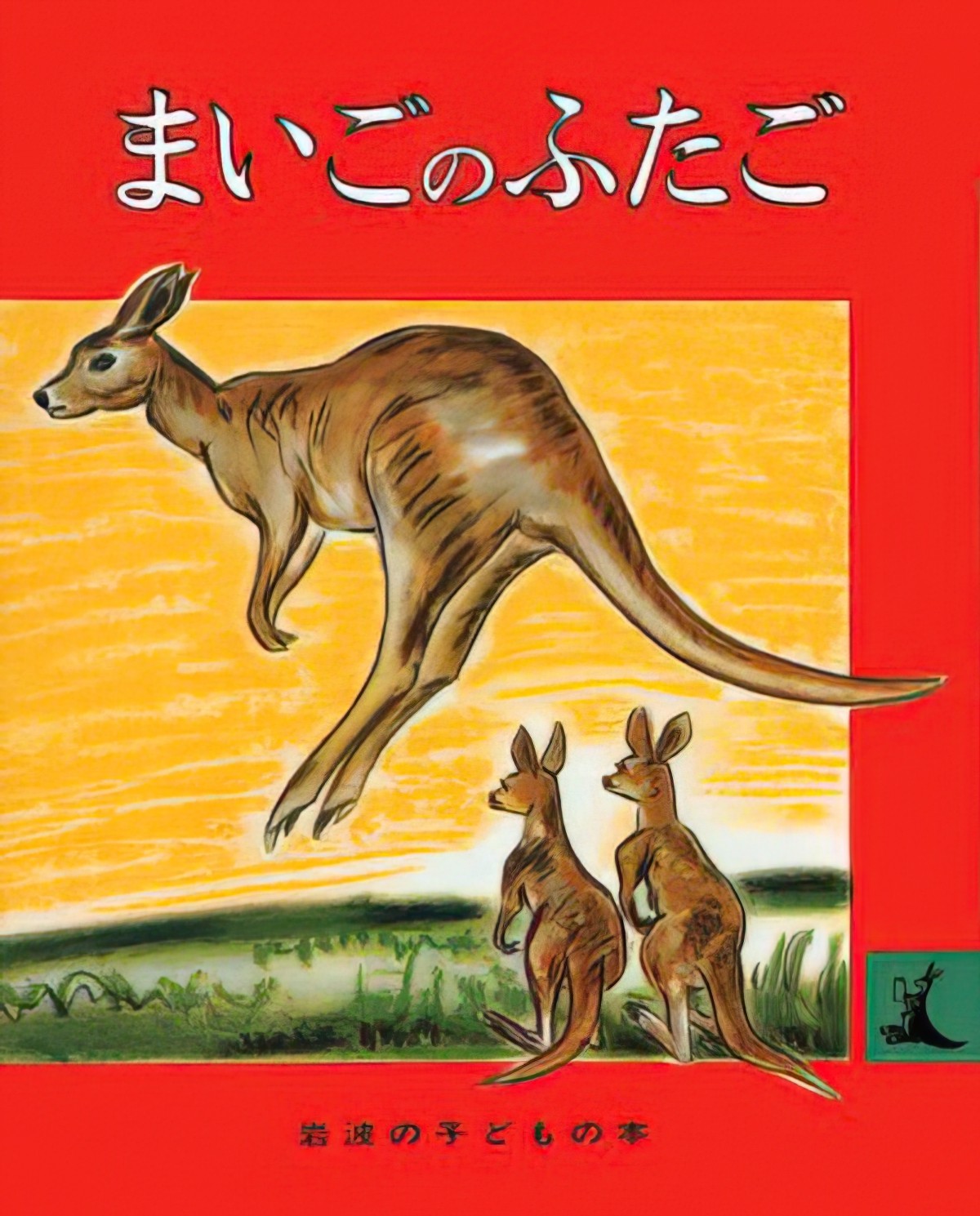
Header illustration: Mar 1920 Farm & Home Magazine Cover Man Having Twins J F Kernan Art
